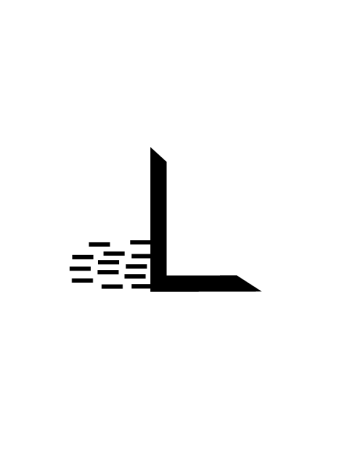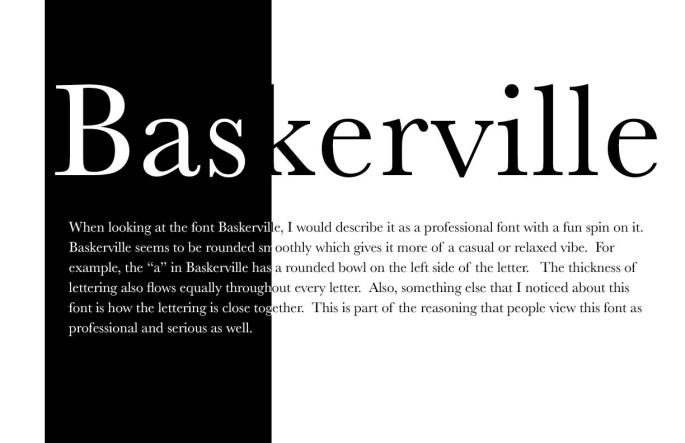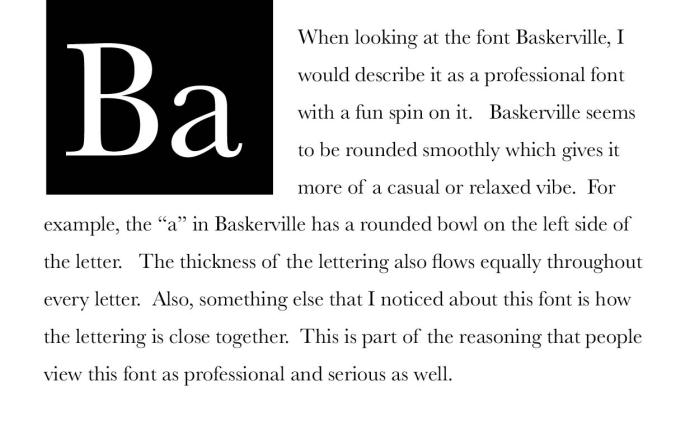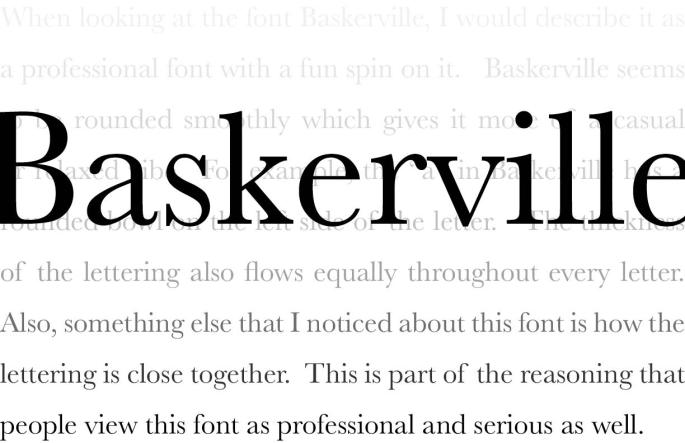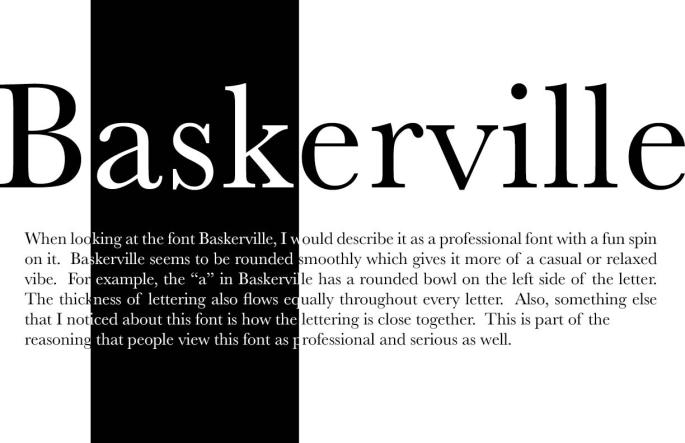When reading the article, “What Type of Graphic Designer Are You,” it made me wonder what type of graphic designer I am. Being a very broad question, it made me really think about how I would describe myself as a designer and what I want to do in the future. After reading through the article, I would classify myself as, “The Visual Sellers of Advertisements.” This is because these types of graphic designers focus on variation and are continuously working on new projects. When I took the personality test, I ended up with the letters of ENFP. These letters stand for extraversion, intuition, feeling and perception. These letters stand for someone who has a campaigner personality. Campaigners are very curious people when it comes to life in general or new project ideas in a workplace.
After going through the reading and the personality test, I learned that my personality type somewhat correlates with what type of graphic design work I want to do. Campaigners are super-curious people and are always excited about the new things in life. This personality type relates to the graphic designer, “The Visual Sellers of Advertisements,” because they both focus on variation and look forward to new things that are happening. Someone who has a campaigner personality type could definitely fit right in to a graphic design job that does work on the visual aspect of advertisements due to constant new projects and materials.
After taking this test, some of the positive characters that a “campaigner” has to offer are: being curious, observant, energetic, friendly, excellent communicator, and knowing how to relax. Many of these positive characteristics could benefit me as a graphic designer when it comes to a work environment. For my chosen career in the beginning, it would be ideal to work within a creative team to get my foot in the door. Being curious is important when working with a team because it helps bounce around ideas. Curiosity can lead to possible new ideas for projects. Also, being energetic, friendly and an excellent communicator is crucial when working with a team. You need to be friendly when working for a team so your fellow employees get along and respect you as a colleague. Being energetic is key to keeping positive vibes during the work day and also so people listen to you.
For a team, communication is probably the most important quality because it relays information from person to person in order to make sure everything is nicely organized. Without communication a company would be hopeless since there would be no direction given. With excellent communication skills, it will be easy to work within a creative team as I can communicate with them in a straightforward manner.
A challenge that I could encounter as a graphic designer would be jumping from task to task, as one of my weaknesses from the personality test is finding it difficult to focus. The trait represents me well because I tend to jump from topic to topic all the time. When working for a creative team, it could be challenging to stick to the project at hand, when there are multiple projects floating around at the same time. To address this weakness, it would be difficult to focus in an active environment with people talking back and forth. In order to solve this, I could only focus on the task at hand. If the environment seems to be too active, one solution would be to put headphones on and listen to music.
Another problem that could arise as a graphic designer, based on my personality test, is not being able to finalize a project. This could be a problem because one weakness that caught my eye based on my personality test is overthinking things. This characteristic can be horrible as a designer because overthinking things can cause hours of extra work. Not being able to finalize a project because it doesn’t look right can all be due to the process of overthinking. In order to address the challenge of overthinking things, it would be ideal to get the opinions of other colleagues in order to get the most opinions possible. Overall, personality affects how a graphic designer works due to the strengths and weaknesses that each person has.

